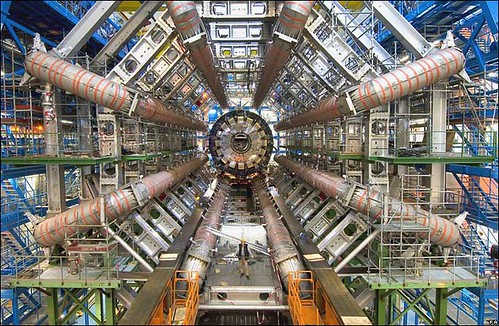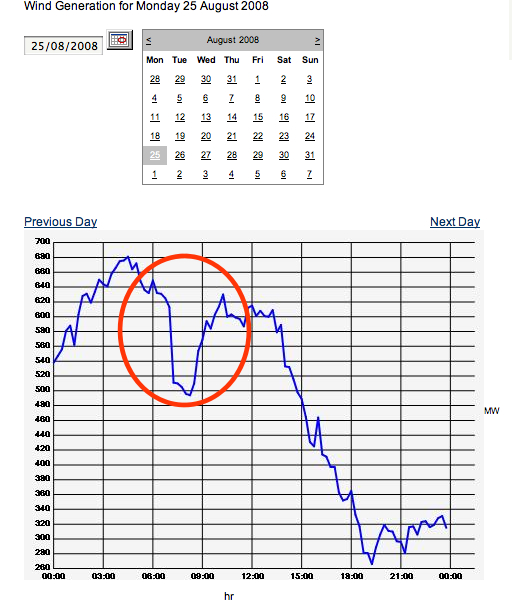This coming Wednesday, Nov 5th, sees the second installment in the Energy Collective‘s Fall Webinar Series!
Up next:
Wind and Solar Come of Age: Making Renewables Full Partners in Our Energy Future – Wednesday, November 5 @ 1 PM Eastern / 10 AM Pacific, Featuring Scott Sklar of The Stella Group and Tom Raftery of GreenMonk (that’s me!).
Scale, advances in technology, and the rising cost of fossil fuels mean wind turbines and solar panels are no longer novelties. But getting the most out of solar and wind involves more than new installations. In this Webinar, we’ll examine the challenges and opportunities associated with integrating peak-load, distributed power sources in our base-load-expectant society with an electrical infrastructure built for centralized generation. More info here.
And, don’t forget the final Webinar in the Series:
Decarbonization and Nuclear Power? – Thursday, November 13th @ 11 a.m. Eastern/8 a.m. Pacific, Featuring Duke Energy CEO Jim Rogers, Dan Yurman of Fuel Cycle Week and Ashton Poole of Morgan Stanley’s Global Power and Utility Group
This controversial energy source appears to promise massive benefits, but also presents some serious obstacles. Our panelists will explore the possibility of a nuclear future in America, discussing the costs of adding new nuclear plants, the potential impact of carbon pricing, and whether NIMBY politics and regulatory barriers can be overcome. More info here







